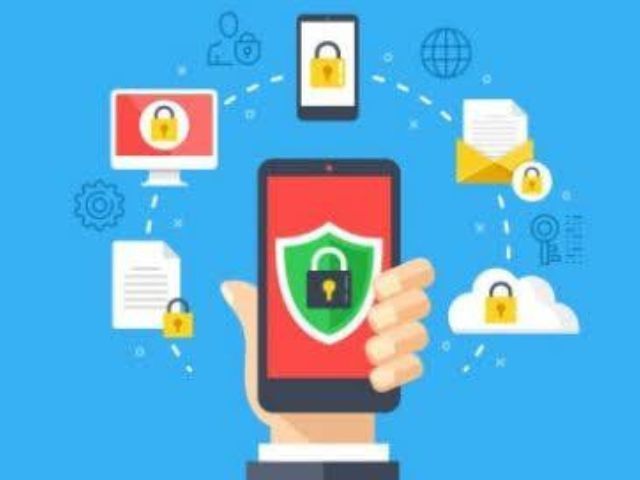Two Excellent Ways to Verify User Identity
A secure login process helps keep your business safe from cybercriminals. There are two ways to verify user identity: Two-step authentication and two-factor authentication. To help you understand the differences between the two, here’s an overview of them. If you want to improve your business's cybersecurity, you need to take a close look at its authentication process first. Two-step and two-factor authentication are two of the most commonly used authentication methods. Two-step verification (2SV) and two-factor authentication (2FA) are often used interchangeably by business owners, but they're not exactly the same thing.
Two-step authentication
Two-step verification requires a single-factor login (like a password or biometric scan) plus another similar type of login credentials that a user has to provide. Typically, this process requires entering a password for Step 1 and then entering another security code for Step 2, which may be accomplished using an authentication app such as Google Authenticator.
Adding an additional step in the verification process makes two-step authentication more secure than one-step authentication (i e, providing only a password), and increases the security measures taken. However, even if a person or business has been successfully hacked, it won't necessarily be enough to stop them from obtaining whatever they're trying to get their hands on, such as control of an email address, or assuming user identities.
Two-factor authentication
Multifactor authentication is significantly more secure than single-factor authentication. Two different types of information must be used to identify a user's identity. For example, it might be a combination of a biometric (fingerprint or retina) scan and a password or passcode for access. Two-factor authentication systems require an extra step for the user to enter their password before they're allowed access to the account. It would be difficult for hackers to break into a network if they use a two-factor authentication method.
Which one is better for you?
Single-factor authentication processes aren't enough to ensure the security of your network anymore. You need to secure your authentication process and make it difficult for hackers to get into your network. Two-step versus two-factor authentication is largely dependent upon your business' specific security requirements. To take the stress out of securing and protecting your network, call us today for expert cybersecurity advice.
Recent Posts











